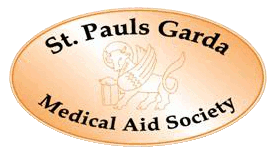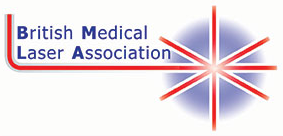 Download this information as a PDF
Download this information as a PDF
Wounds on the face are usually left open. Other wounds may be covered with a light dressing or band-aid for the first few days. Provided they are dry, they can then be left open, which makes it easier to inspect them.
You can bath or shower after surgery and get the wound wet. However do not rub or scrub over the wound until it is fully healed. If you have had steri-strips (paper strips) placed on the wound, you must keep them dry for at least seven days.
Dr Buckley or one of our Practice Nurses will tell you when the stitches need to be removed. Stitches on the face are left in for approximately five days. Stitches on the body and scalp are usually left in for seven to ten days. Stitches on the leg are usually left in for two weeks.
Sometimes wounds will bleed after surgery. If this happens after going home please put firm pressure on the wound for ten consecutive minutes using some kitchen towel, tissue paper or clean cloth. Bleeding from the arms or legs can be further controlled by elevating the limb as high as possible. If this does not control the bleeding you should contact Dr Buckley or our Nurse in The Ashe Street Clinic (see contact details above). Alternatively you can contact Dr Buckley directly after office hours on his personal mobile phone: Tel: 087 254 1000 (emergencies only please on this number).
Surgical wounds sometimes become infected. This is usually signified by pain, redness around the wound, a smelly discharge or pus. If you have any of these suspicious signs and you are worried please contact Dr Buckley or one of our Practice Nurses immediately as antibiotics at any early stage can prevent more serious infection.
Scars can take nine to eighteen months to fully blend into the skin. However, scars on the upper chest, back and upper arms tend to become stretched after nine or eighteen months and can sometimes leave a rather unsightly scar. This stretching of scars is unusual in other sites. Very occasionally a person may develop a “keloid scar” which is an unsightly thickened, lumpy, deep red scar. Keloid scars are a sign of excessive wound healing and happens in a small percentage of patients. Although difficult to manage, there are treatments that can improve the cosmetic appearance of keloid scars.
After skin or nail surgery, it is advisable to go home and rest for the remainder of the day. Do not swim in a pool or partake in any strenuous exercise until the wound is fully healed (usually two to four weeks). If you have had surgery on your leg you should go home immediately after the operation and lie out on the couch with your foot up on the armrest at the far end of the couch and keep it as elevated as possible for the remainder of the day.
If you have had surgery on the face or around the eyes, you can expect considerable swelling or bruising which can take one to two weeks to subside. Sometimes an eye can become swollen and closed after surgery but this usually resolves after five or seven days. If you think the swelling is due to infection, please contact Dr Buckley or one of the nurses in The Ashe Street Clinic














